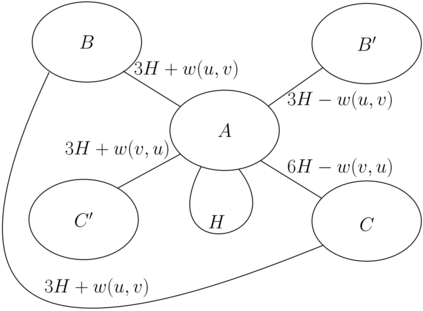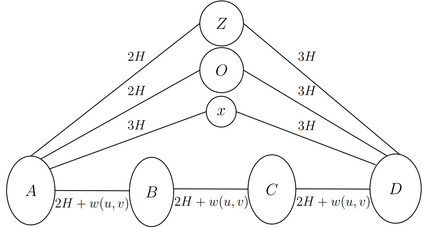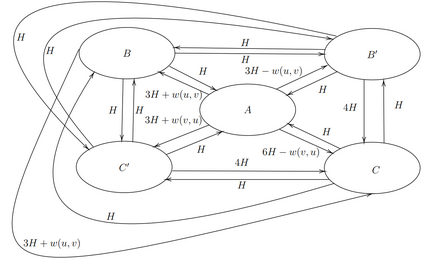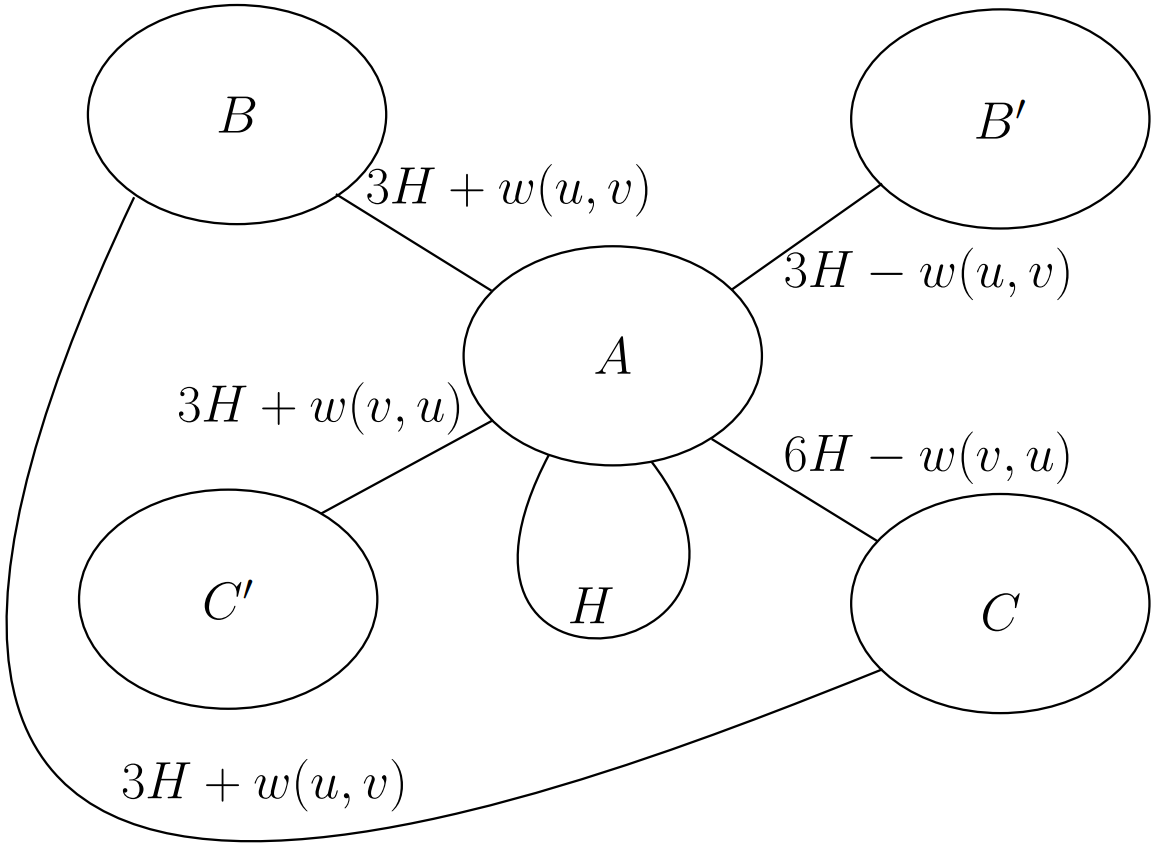We consider the parity variants of basic problems studied in fine-grained complexity. We show that finding the exact solution is just as hard as finding its parity (i.e. if the solution is even or odd) for a large number of classical problems, including All-Pairs Shortest Paths (APSP), Diameter, Radius, Median, Second Shortest Path, Maximum Consecutive Subsums, Min-Plus Convolution, and $0/1$-Knapsack. A direct reduction from a problem to its parity version is often difficult to design. Instead, we revisit the existing hardness reductions and tailor them in a problem-specific way to the parity version. Nearly all reductions from APSP in the literature proceed via the (subcubic-equivalent but simpler) Negative Weight Triangle (NWT) problem. Our new modified reductions also start from NWT or a non-standard parity variant of it. We are not able to establish a subcubic-equivalence with the more natural parity counting variant of NWT, where we ask if the number of negative triangles is even or odd. Perhaps surprisingly, we justify this by designing a reduction from the seemingly-harder Zero Weight Triangle problem, showing that parity is (conditionally) strictly harder than decision for NWT.
翻译:我们考虑了在细微复杂度中研究的基本问题的等同变体。我们表明,找到精确的解决方案与寻找大量古老问题的等同(即,如果解决办法是偶或奇数)一样困难,包括全帕最短路径(APSP)、Diameter、半径、半径、中环、第二最短路径、最大封闭性分数、最小普卢斯革命和0.1美元-Knapack。直接从一个问题到其对等版本往往很难设计。相反,我们重新审视现有的硬性降幅,并以针对具体问题的方式将其调整为对等版本。文献中几乎所有的APSP的减幅都通过“超直径等但更简单”的负轻三角(APSP)问题来进行。我们经过修改的新的降幅也从西北地区开始,或者从一个非标准对等变体开始。我们无法建立比NWT更自然的等化变体的次等化变体,我们问一下负式的三角体数目是否甚至或奇异于“西北地区”的降幅,也许我们用“最硬的“最硬的三角”决定来证明这个“最硬的“最硬的“我们更难的平级”的“我们”的“最硬的三角”是更难的“最硬的“WTWTWT”。








